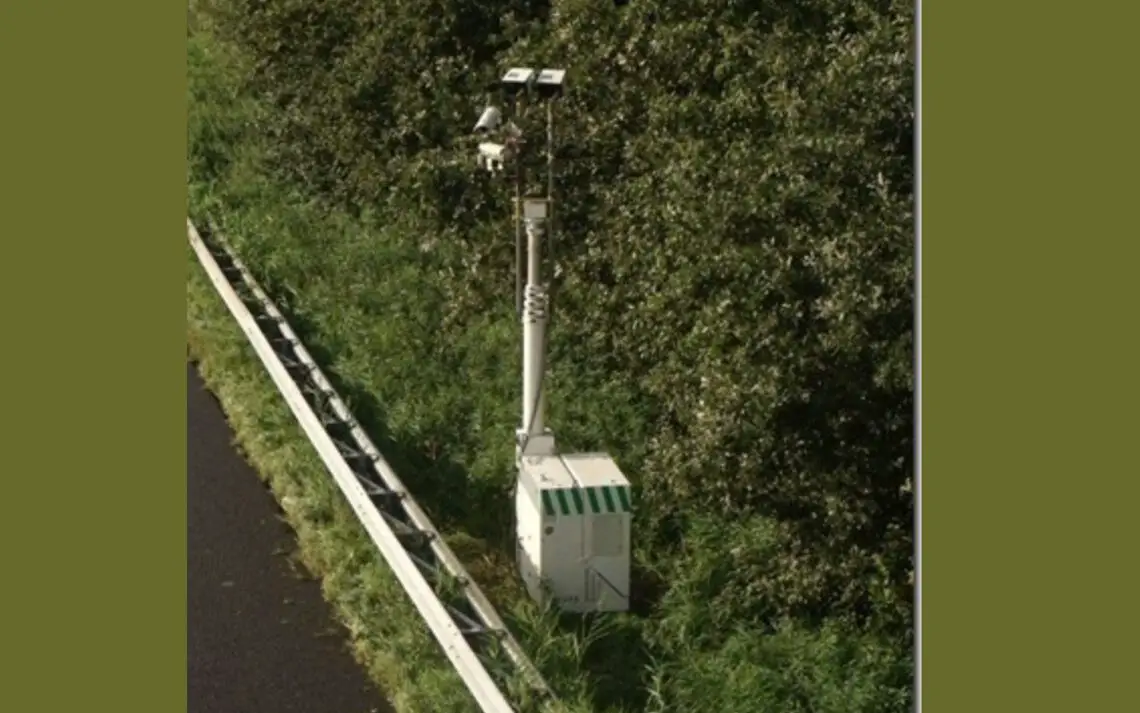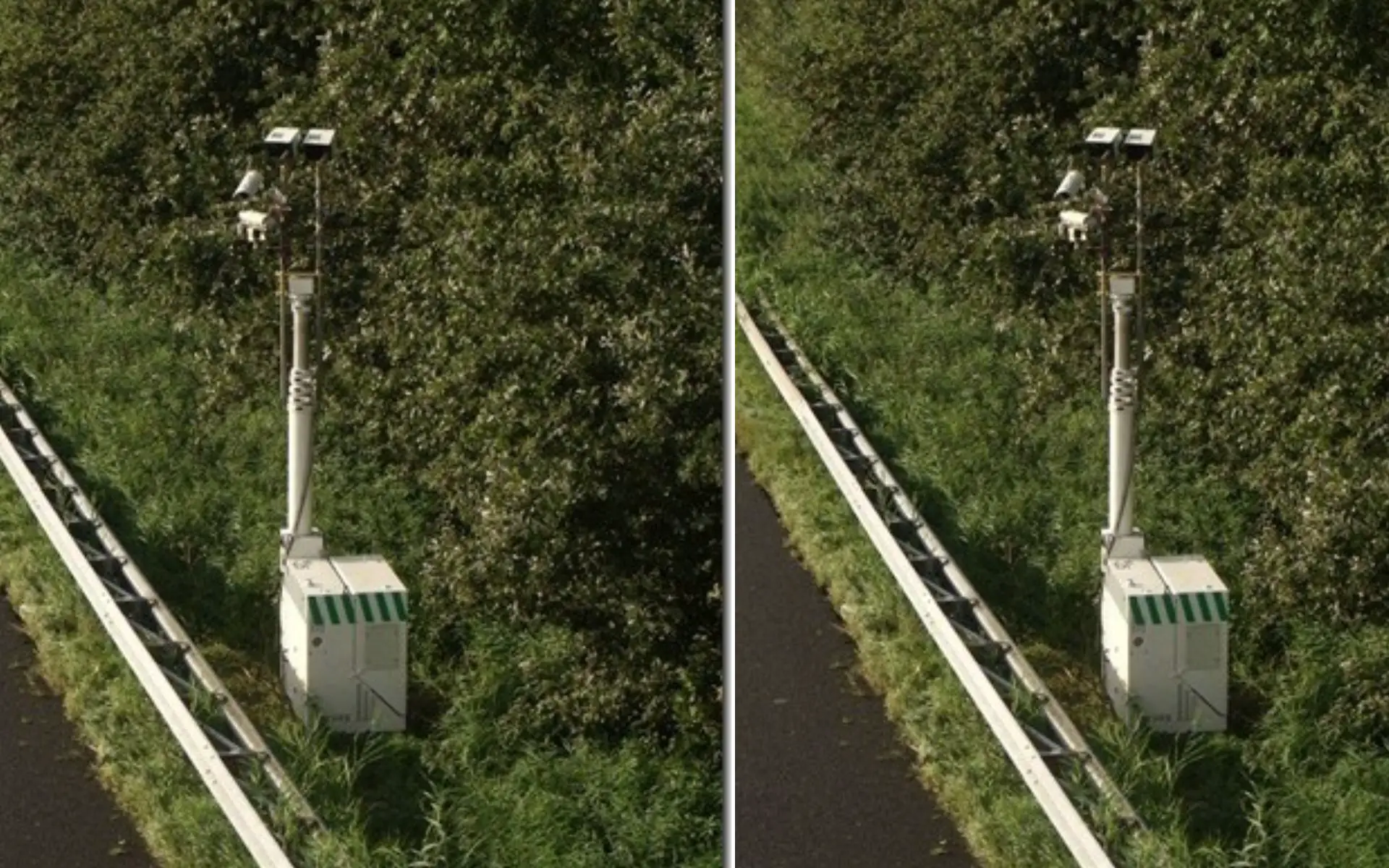Why braking for these mysterious speed cameras is unnecessary
Are they speed cameras?
No, they are not speed cameras. So braking for these mysterious speed cameras is not necessary. The big question: what is it? All of the Netherlands is now full of these camera systems, but most of them will also disappear over time. Among others, along the A16 near Hendrik-Ido-Ambacht, along the A17 and A29, several of these camera modules have been set up facing the traffic. This is evidenced by the speed camera notifications that road users receive when approaching these “speed cameras.
Special cameras
The impression is given that these are speed cameras, but inquiries reveal that they are special cameras that map the transportation of hazardous materials. “The speed is not measured. The cameras purely map how many hazardous substances are transported on Dutch roads,” a spokesman for Rijkswaterstaat told AutoRAI.nl.
Thousands of permanent cameras
Rijkswaterstaat has installed thousands of permanent cameras along all highways in the Netherlands. These are useful for monitoring traffic. “Our cameras are often in the central reservation or hanging right next to the matrix signs above the road, often every few hundred meters. These cameras are used to monitor traffic or for road traffic management, for example, if an ambulance is rushing down the road, we can monitor everything nicely,” the spokesperson stated.

Handle situations quickly
“Employees in Rijkswaterstaat’s traffic centers watch the situation on the road live via cameras for traffic management and incident management. We use these images to allow traffic to flow as smoothly as possible and to identify incidents so that rapid action can be taken when necessary,” explains Rijkswaterstaat.
Confusion
To give you an idea: between Amsterdam and Utrecht alone, there are more than a hundred cameras along the A2 to monitor traffic. But the cameras starring in this story have a different function. Because from time to time, Rijkswaterstof also conducts research on the transportation of hazardous materials. The organization uses special cameras for that purpose. These look like strobes, but they are not. Even now – so late March, early April – the “high season” for these special cameras has begun again, as the “speed camera reports” pour in from speed camera reporting services such as Flitsmeister or Waze.
More roadside cameras
By the way, the Department of Public Works is not the only one authorized to place cameras along the road. Other agencies also have the opportunity to conduct traffic counts for research reasons. Yet it is mainly the prosecutor’s office that likes to use cameras to keep an eye on traffic. This can be done with actual speed cameras that do check for speed, but also with so-called ANPR cameras.
ANPR
ANPR is nothing less than automatic license plate recognition. ANPR is actually an English term, as it means Automatic Number Plate Recognition. Using this system, prosecutors can easily find out if a vehicle is stolen, including at the European level. When an ANPR hit occurs, the police are immediately notified and instructions to stop the car in question follow. Sometimes drivers don’t cooperate, like the person in this French Hyundai KONA that appears to have been stolen. But in most cases, the handling of an ANPR hit goes smoothly.
At some point they disappear again
Presumably, the camera systems for checking for hazardous materials will disappear from the streets again by the end of April. But slowing down is therefore not necessary. That, of course, is not a license to drive fast.
Photo: Department of Public Works/Twitter

